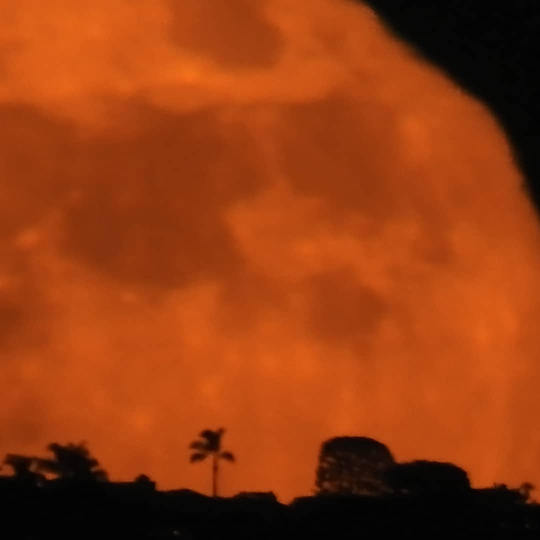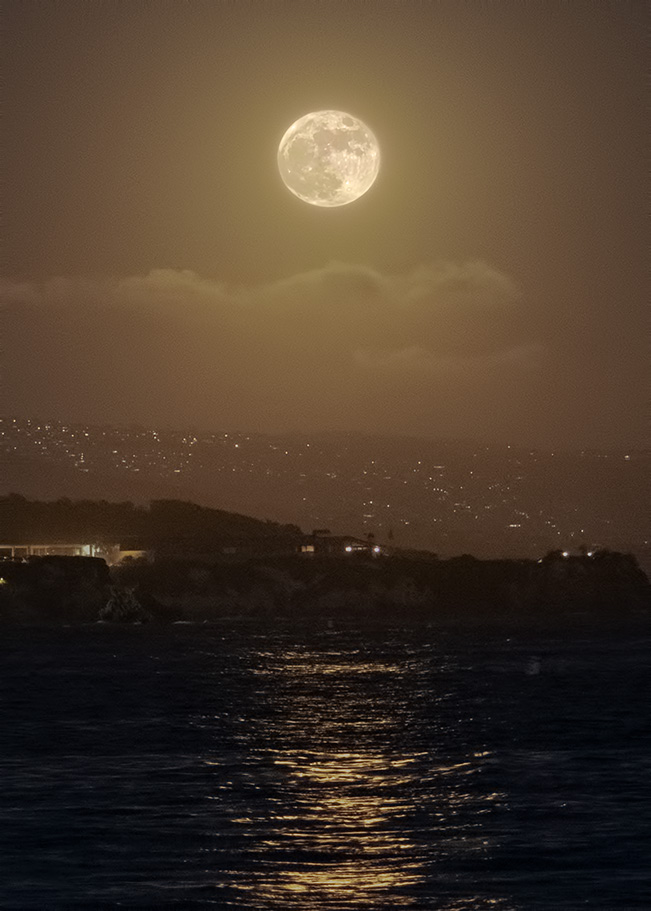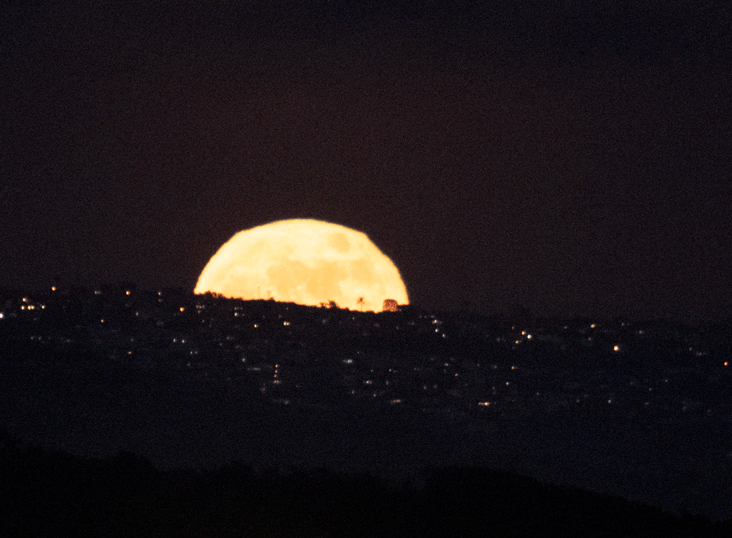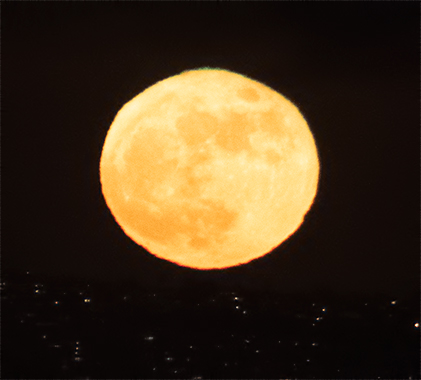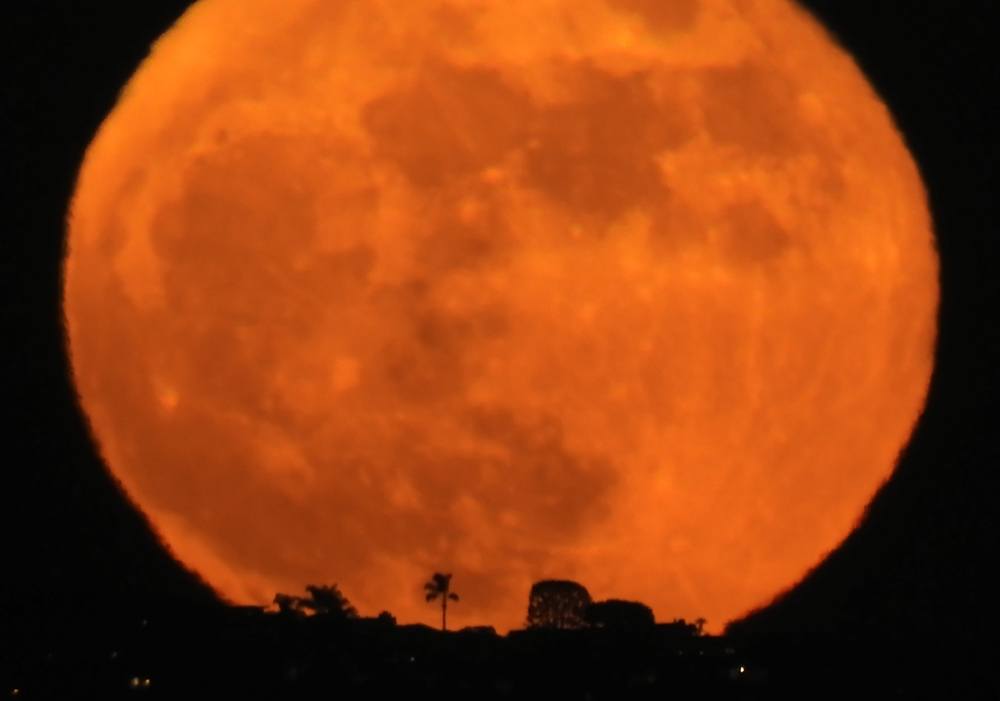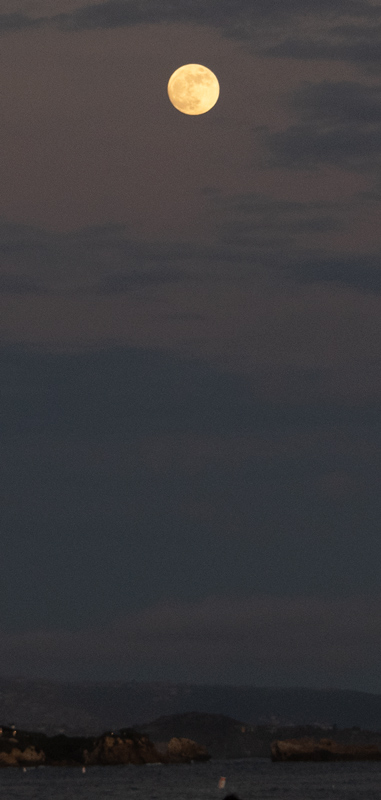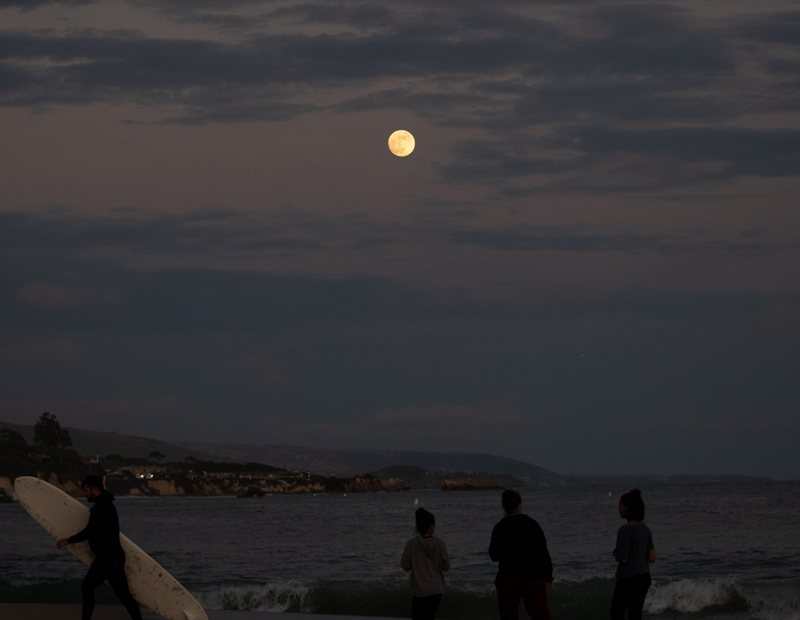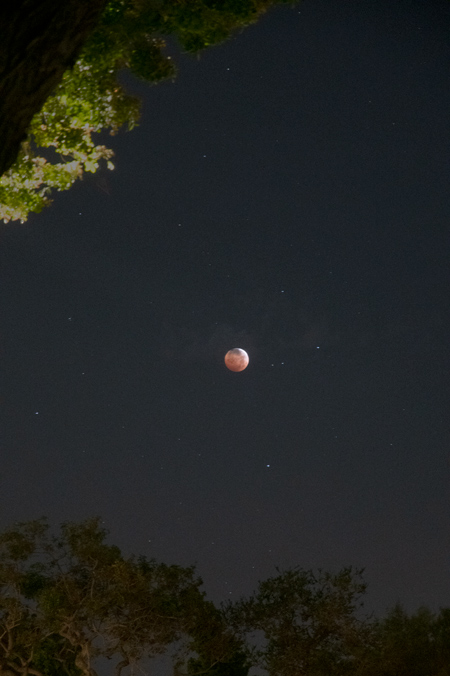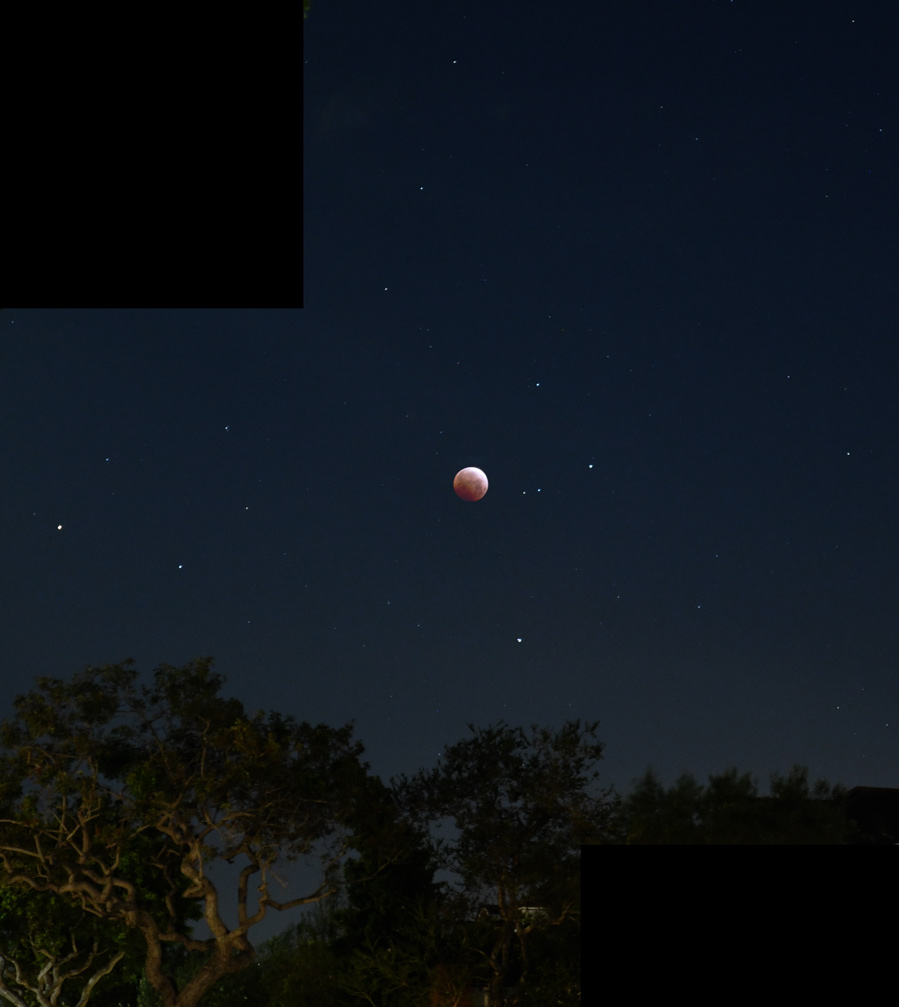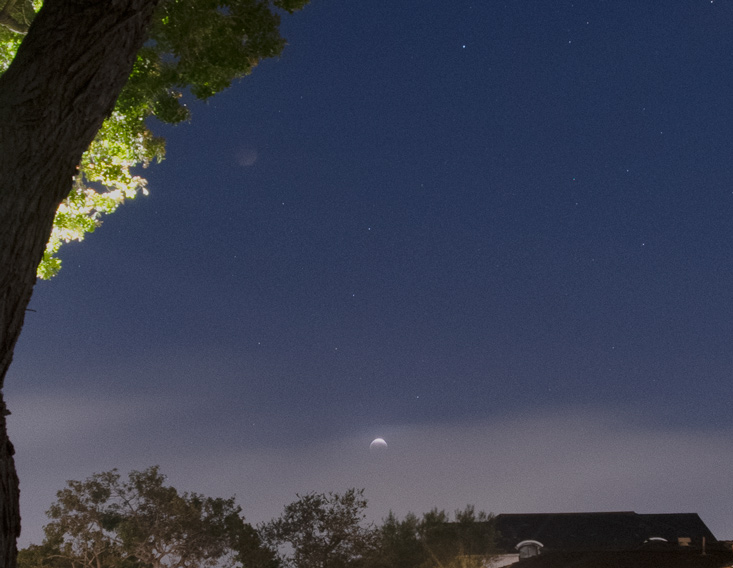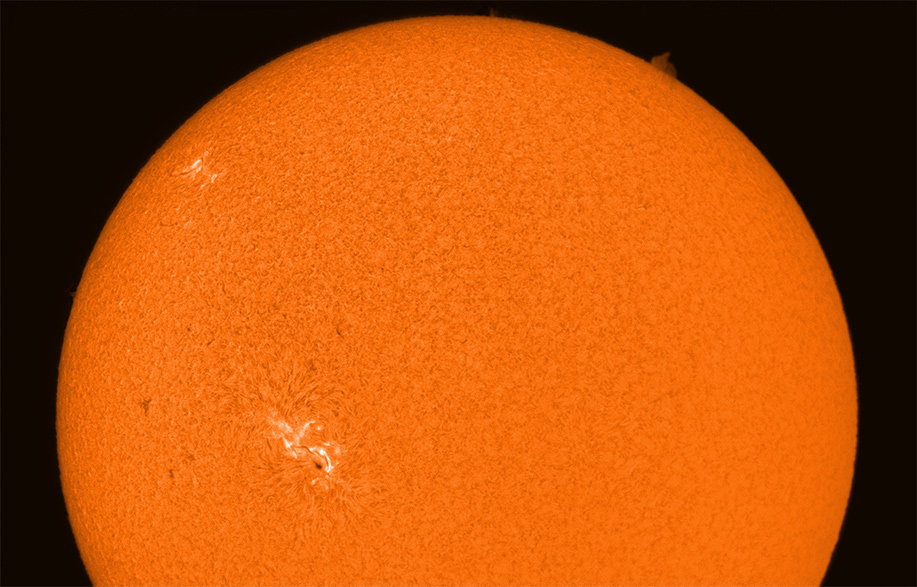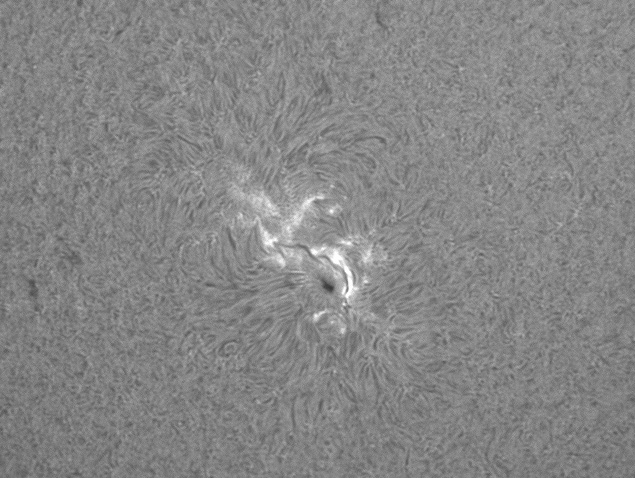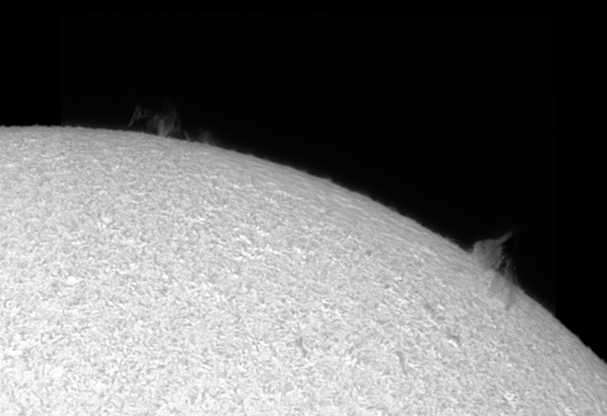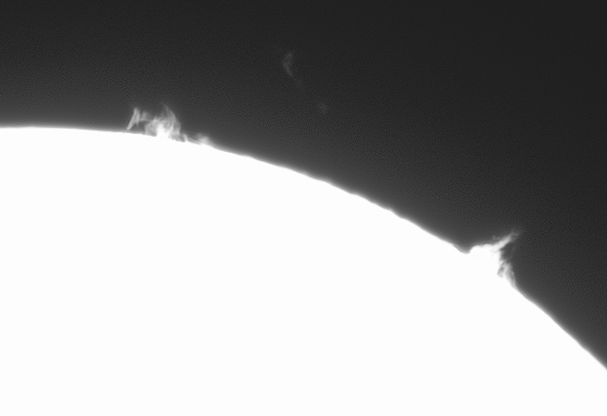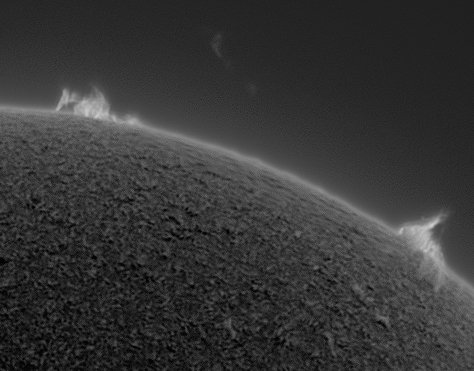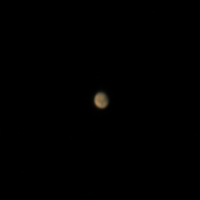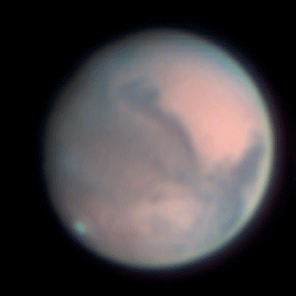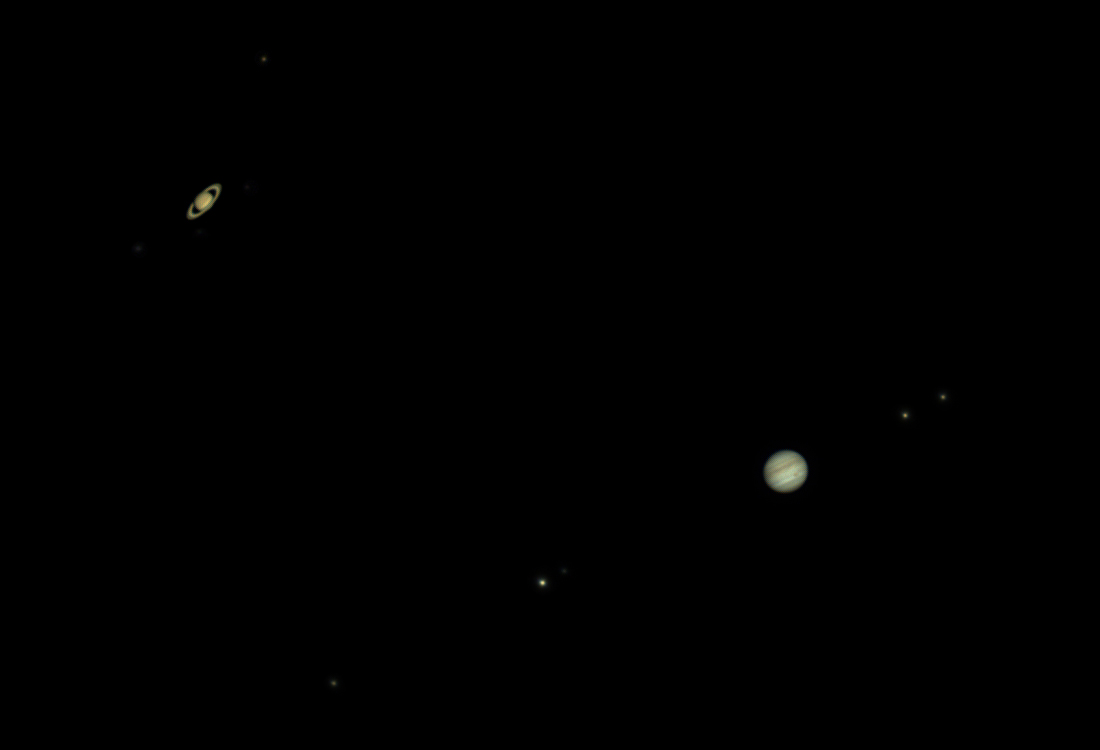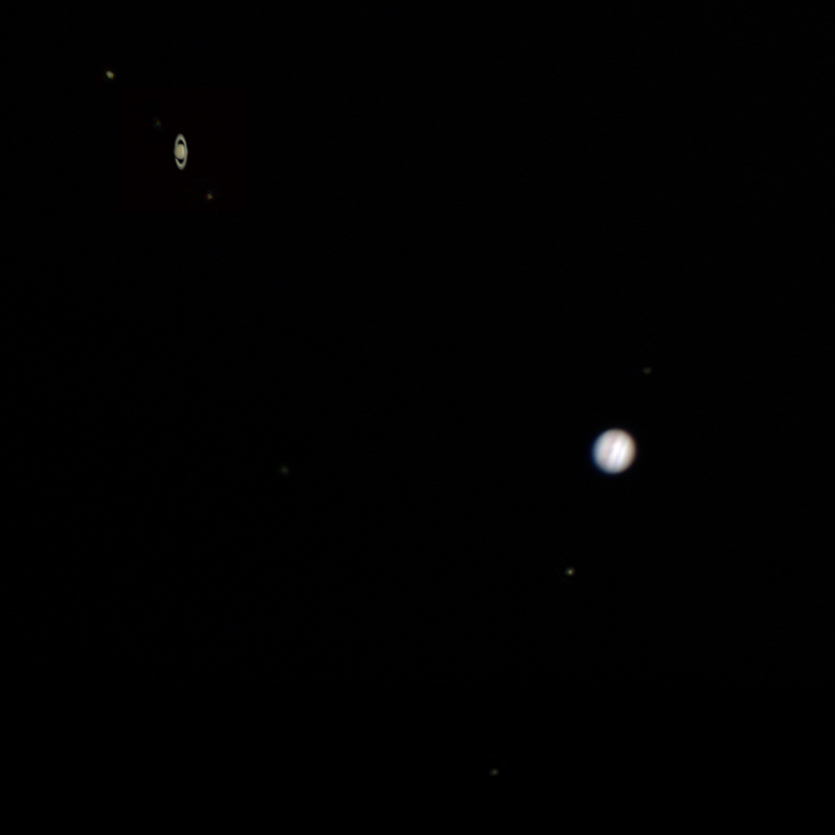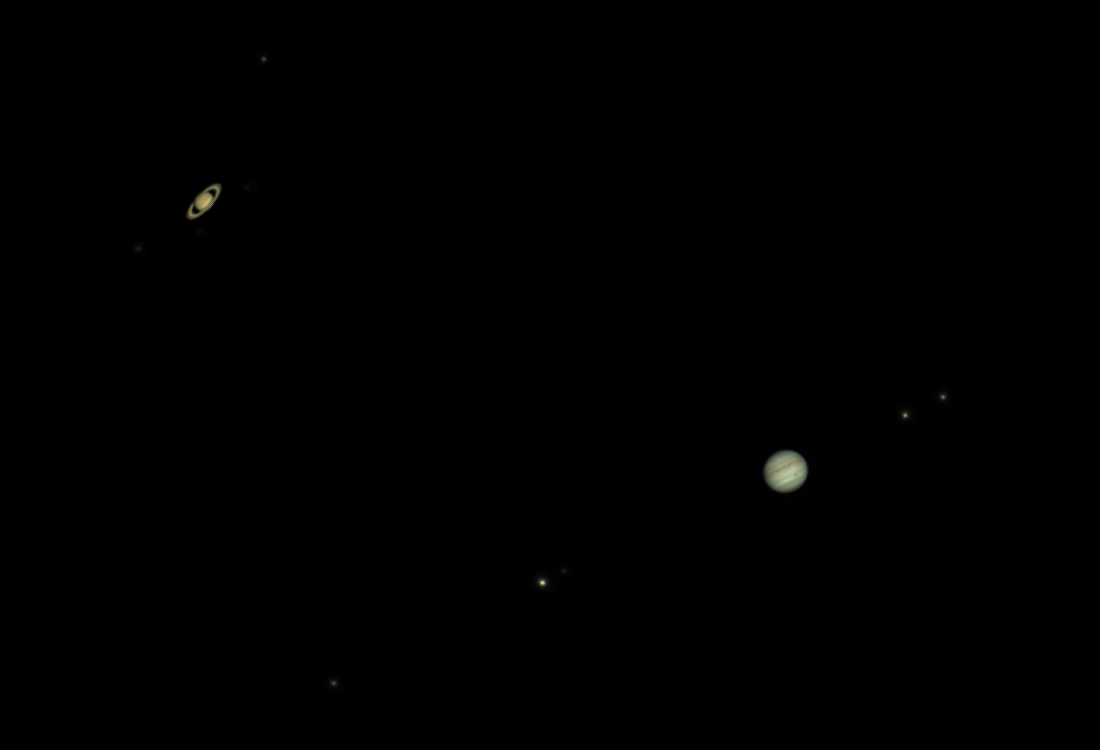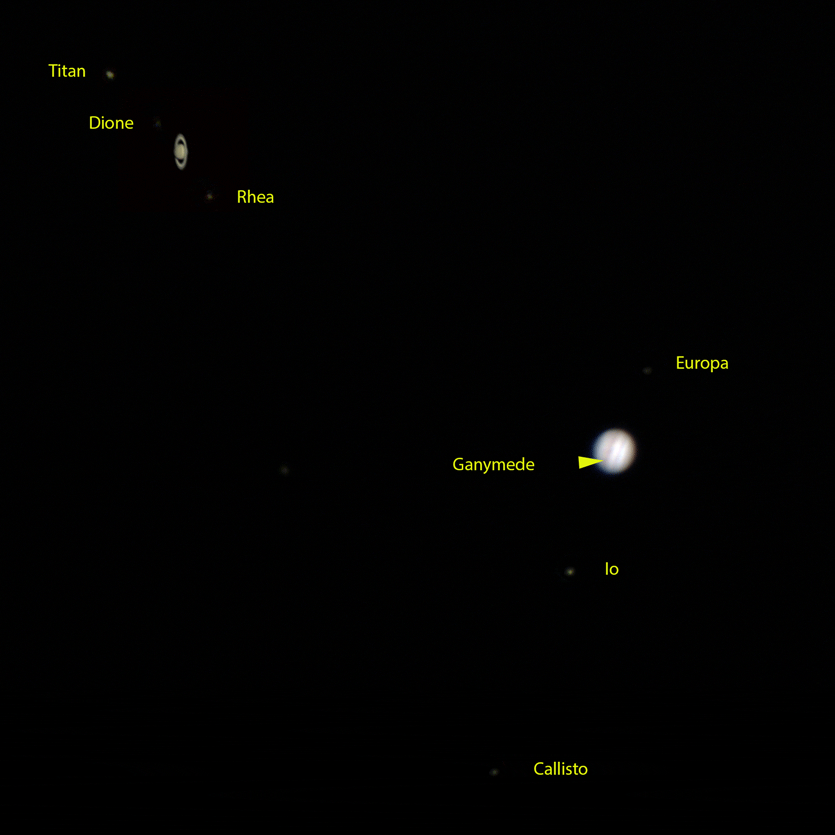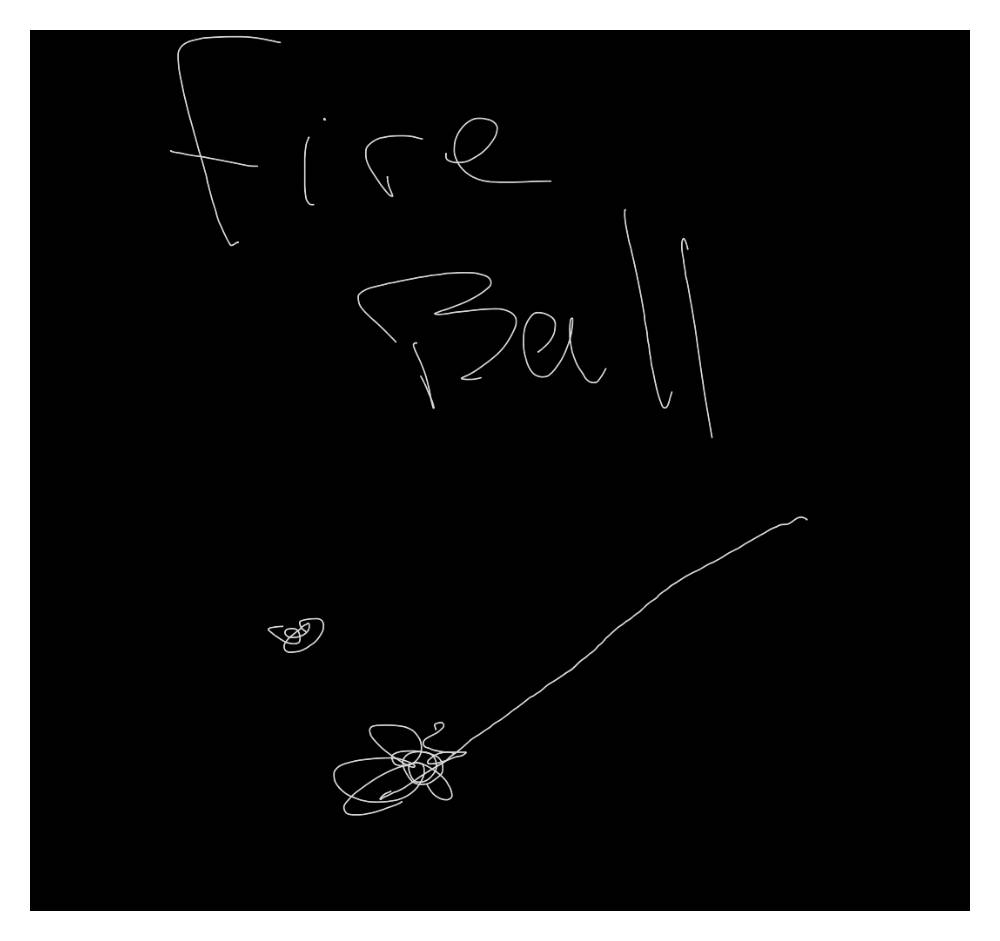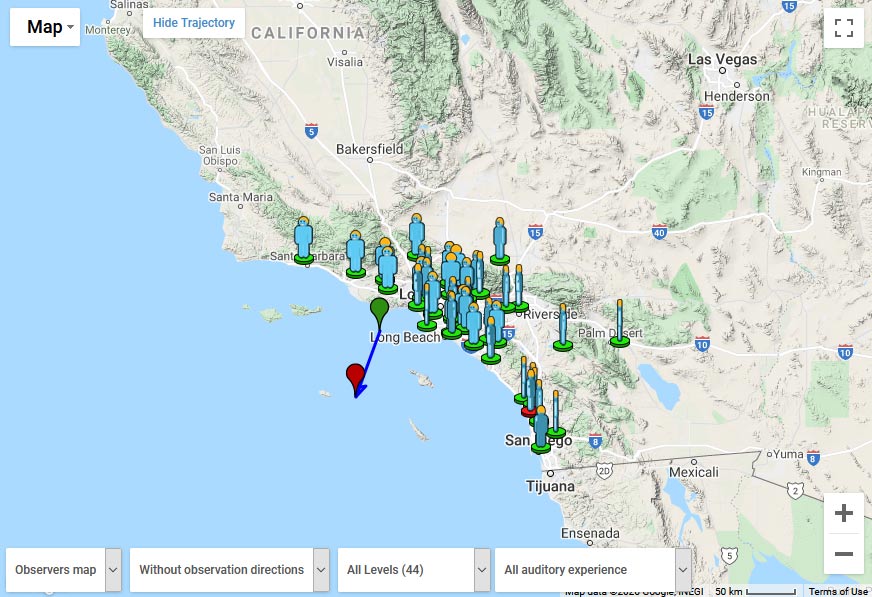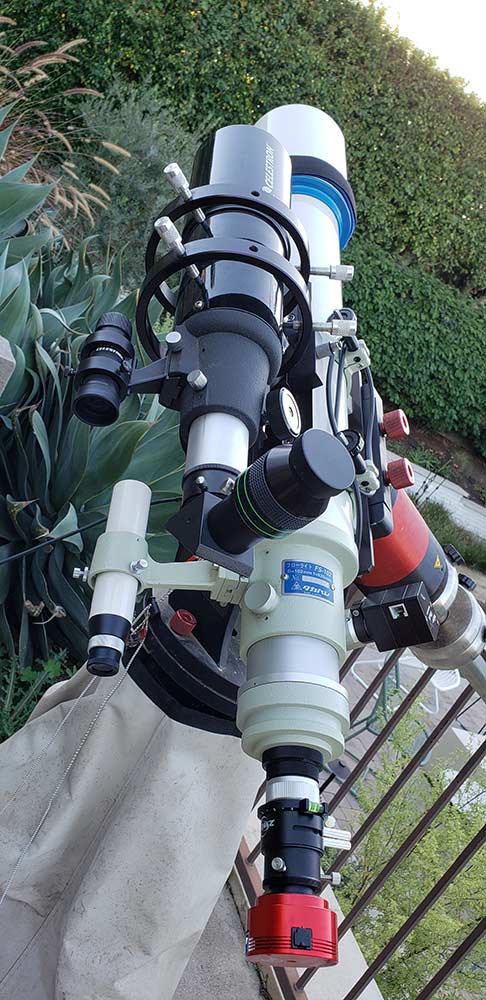i decided to image the last supermoon of this year as it rose from the beach at corona del mar:
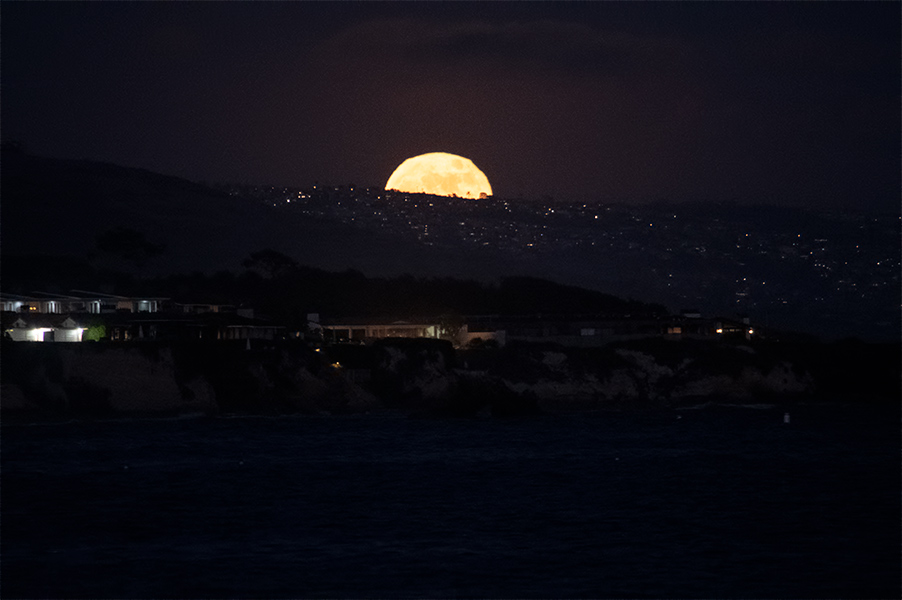 |
| Moon rise 6/24/21 Corona Del Mar |
you'll note it's quite distorted. as the moon is rising, the light is traveling tangentially thru a thick layer of atmosphere which causes distortion as turbulence bends (refracts) the light. on this particular evening there was so much distortion, it was impossible to get a round looking moon as it rose. there are basically two approaches to this problem: 1. wait for the moon to rise higher and capture a sharper image or 2. embrace the distortion. To put it another way (as alan smallbone often writes): "One photo out of focus is a mistake, ten photos out of focus are an experimentation, one hundred photos out of focus are a style."
here's a great shot rob middleton took with me at cdm, showing off the zoom of his nikon coolpix P900 camera:
love the iconic palm tree next the gigantic deformed moon.
Here's the other approach: an image captured as the moon rose higher. it's a composite of a long exposure for the landscape, and a close up video stacking and processing 1,000 extremely short exposures:
more "experimentation":
Here's an animation of the rising moon. it almost looks like it's passing thru an inversion layer:
Interestingly, when you first see the moon rising, it's actually below the horizon--the rays are bent by the atmosphere, changing the apparent position. Here's a website explaining all sorts of related phenomena, including the green flash: http://hyperphysics.phy-astr.gsu.edu/hbase/atmos/mirage.html
This close up shows a green fringe at the top and red at the bottom, again due to atmospheric refraction:
Another gigantic moon and palm tree shot from rob:
a few test shots from the night before. had to wait for the moon to clear the cloud layer (it was still pretty super):
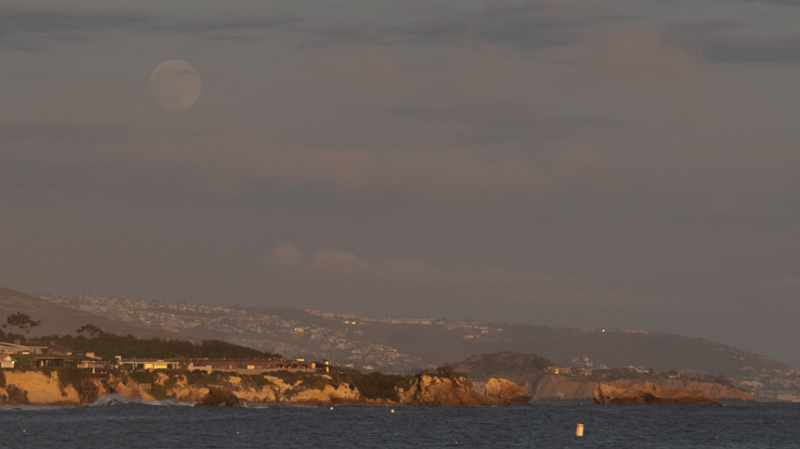 |
| pastel moonrise 6/23/21 |
